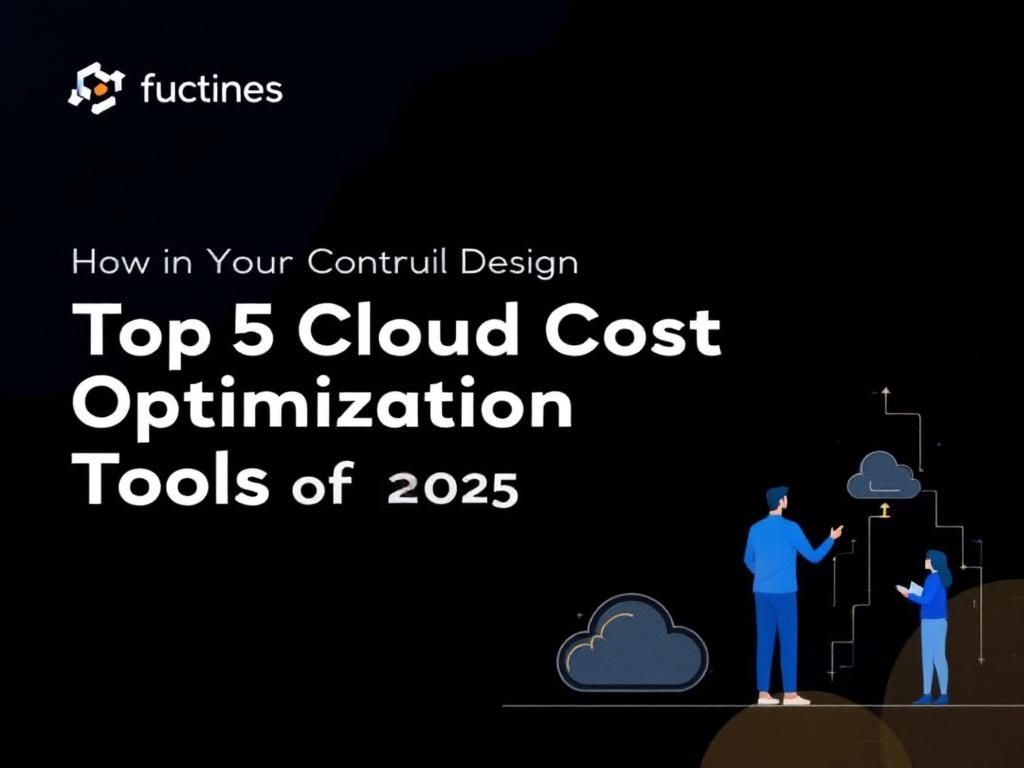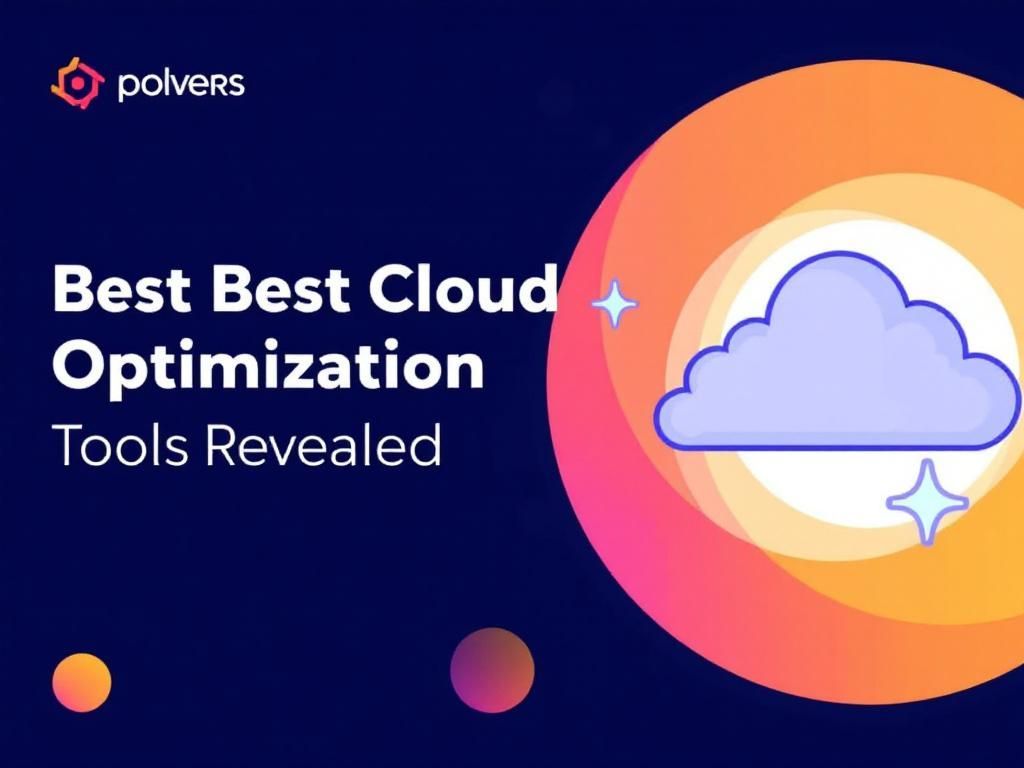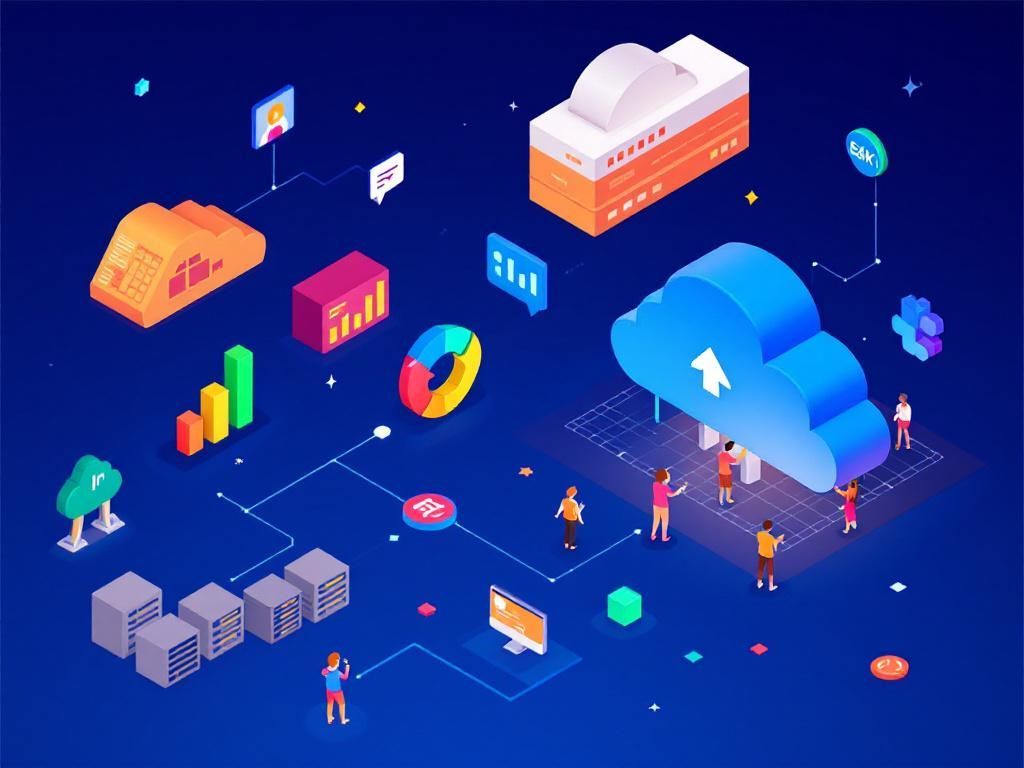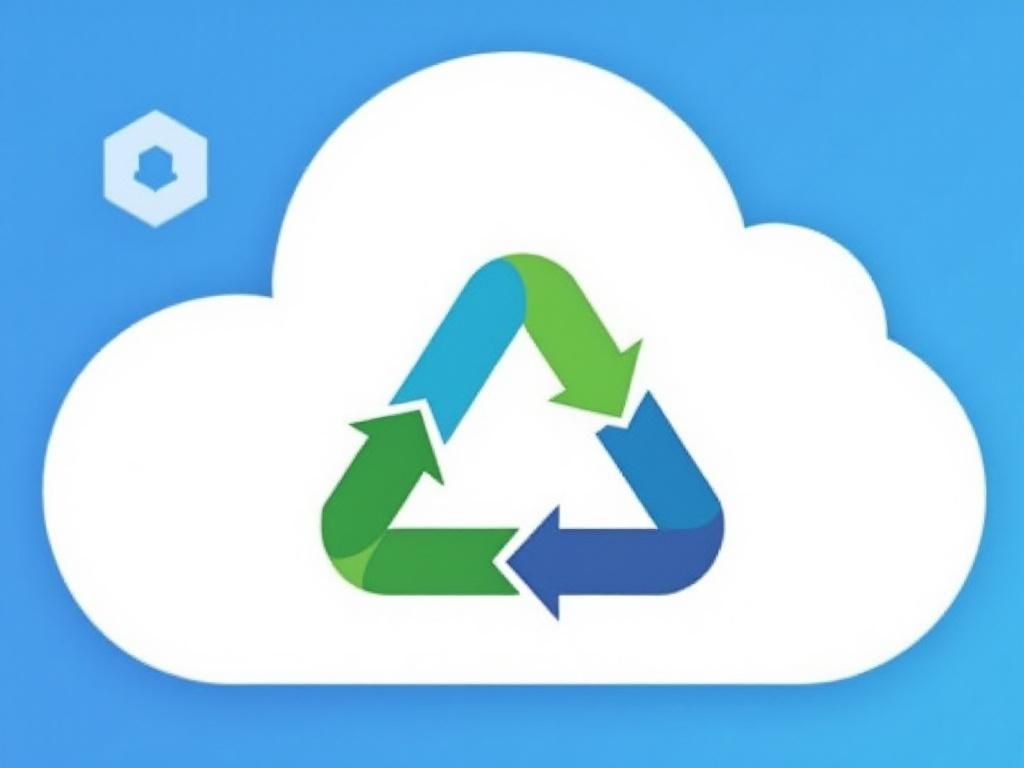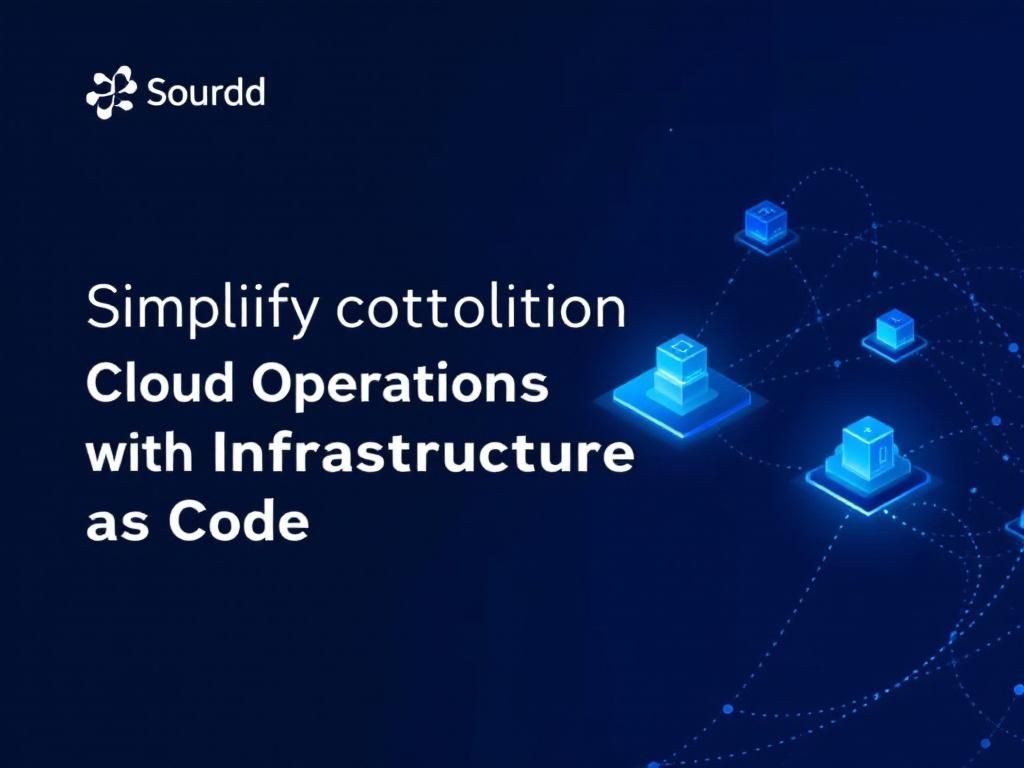Top Serverless Consulting Tips for Modern Developers
Discover essential serverless consulting tips for modern developers to enhance efficiency and streamline workflows in cloud-based applications.

As software development continues to evolve, serverless architecture has emerged as a transformative approach that allows developers to build and deploy applications without the hassle of managing server infrastructure. Embracing this paradigm can drastically streamline workflows, reduce costs, and enhance scalability. For modern developers looking to harness the full potential of serverless computing, here are essential consulting tips that can guide you through the complexities of implementing and optimizing serverless solutions.
Table of Contents
Understanding Serverless Architecture
Before diving into practical consulting tips, it’s vital to grasp what serverless architecture entails. In essence, serverless doesn’t mean there are no servers; rather, the cloud provider manages the server infrastructure, letting developers concentrate on writing code.
Key Characteristics of Serverless Architecture
- Event-Driven: Functions are triggered by specific events, such as HTTP requests, database changes, or file uploads.
- Automatic Scaling: Resources are dynamically allocated based on demand, ensuring optimal performance without manual intervention.
- Cost Efficiency: You only pay for the compute time you consume, eliminating the costs of idle resources.
Choosing the Right Platform
Selecting a suitable serverless platform is a critical step in ensuring the success of your application. Popular options include:
| Platform | Provider | Key Features |
|---|---|---|
| AWS Lambda | Amazon | Wide integration with AWS services, robust security features. |
| Azure Functions | Microsoft | Simplified development with integrated tools, support for multiple languages. |
| Google Cloud Functions | Seamless integration with Google Cloud services, global scaling. |
Evaluating Your Needs
Consider the following factors when evaluating a platform:
- Integration: Ensure compatibility with existing services and tools.
- Performance: Analyze latency and execution speed for your use cases.
- Community and Support: Check for community support, documentation, and resources.
Best Practices for Serverless Development
Once you’ve selected a platform, adhering to best practices is crucial for effective serverless development.
Modular Design
Break down your application into smaller, focused functions. This modular approach not only enhances maintainability but also allows for independent scaling of functions as needed.
Monitoring and Logging
Implement robust monitoring and logging mechanisms to track the performance and reliability of your serverless applications. Tools like AWS CloudWatch, Azure Monitor, and Google Cloud Operations Suite provide insights into function execution times and error rates.
Optimizing Costs
Cost management is vital in a serverless environment, as misconfigured functions can lead to unexpected charges. Here are some strategies to optimize costs:
- Function Optimization: Ensure your functions execute as quickly as possible to reduce compute time.
- Right-Sizing: Choose appropriate memory allocations based on the needs of each function.
- Resource Cleanup: Regularly clean up unused resources and monitor usage patterns.
Data Management Strategies
Data management is crucial in serverless architecture, particularly when dealing with event-driven systems. Consider the following:
| Strategy | Description |
|---|---|
| Decouple Services | Use asynchronous messaging (like AWS SQS) to decouple services and improve resilience. |
| Data Storage | Choose the right storage solution based on access patterns (e.g., DynamoDB for NoSQL needs). |
Security Considerations
Security should be a top priority in any application, and serverless architectures present unique challenges. Here are some key points to ensure security:
- Least Privilege Principle: Grant the minimum permissions necessary for each function.
- Environment Variables: Store sensitive data securely using environment variables or secret management services.
- API Gateway Security: Use API Gateway features to secure endpoints and manage access.
Compliance and Governance
Ensure that your serverless applications comply with relevant regulations and governance policies. Regular audits and assessments can help maintain compliance.
Future Trends in Serverless Computing
As the technology landscape evolves, serverless computing is expected to grow and adapt. Stay ahead of the curve by watching these trends:
- Hybrid Cloud Solutions: Combining serverless functions with traditional cloud services will become more common.
- Increased Integration with AI: Expect deeper integration of serverless technologies with artificial intelligence and machine learning.
- Enhanced Tooling: The development of more sophisticated tools for monitoring, debugging, and managing serverless applications will enhance usability.
Conclusion
Serverless architecture offers modern developers a powerful way to build applications by streamlining operations and improving scalability. By following these consulting tips and adopting best practices, developers can not only navigate the complexities of serverless computing but also unlock its full potential for their projects. Embrace the change, stay informed about emerging trends, and leverage the advantages of serverless technology to propel your development efforts forward.
FAQ
What is serverless computing?
Serverless computing is a cloud computing execution model where the cloud provider dynamically manages the allocation of machine resources, allowing developers to focus on writing code without managing servers.
What are the benefits of using serverless architecture?
The benefits of serverless architecture include reduced operational costs, automatic scaling, faster time to market, and improved developer productivity, as it allows teams to focus on application development rather than server management.
How can I choose the right serverless platform?
Choosing the right serverless platform involves considering factors like supported programming languages, ease of integration with existing systems, pricing models, and the level of community support and documentation.
What are common use cases for serverless applications?
Common use cases for serverless applications include web and mobile backends, real-time data processing, IoT applications, API development, and event-driven functions.
How do I ensure security in serverless applications?
To ensure security in serverless applications, implement best practices such as using secure API gateways, managing permissions with fine-grained access controls, monitoring for vulnerabilities, and regularly updating dependencies.
What are the challenges of serverless computing?
Challenges of serverless computing include cold start latency, vendor lock-in, debugging difficulties, and the need for effective monitoring and logging solutions to track application performance.



